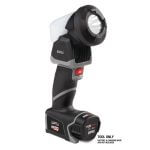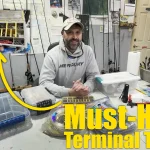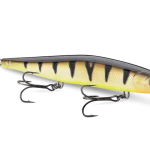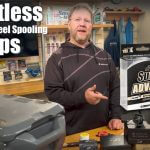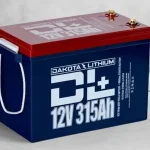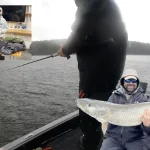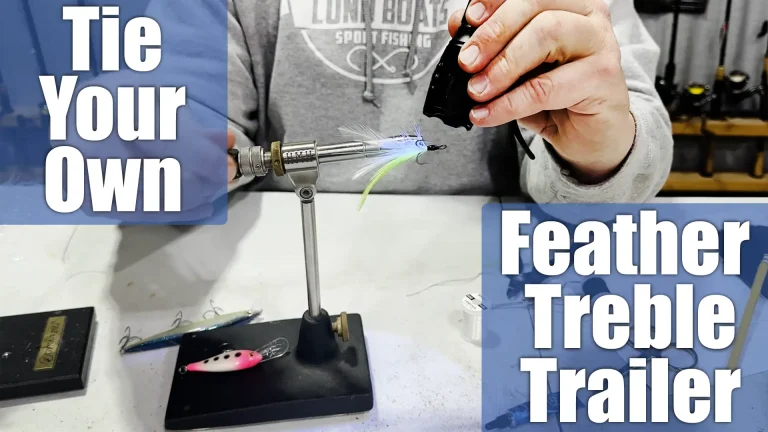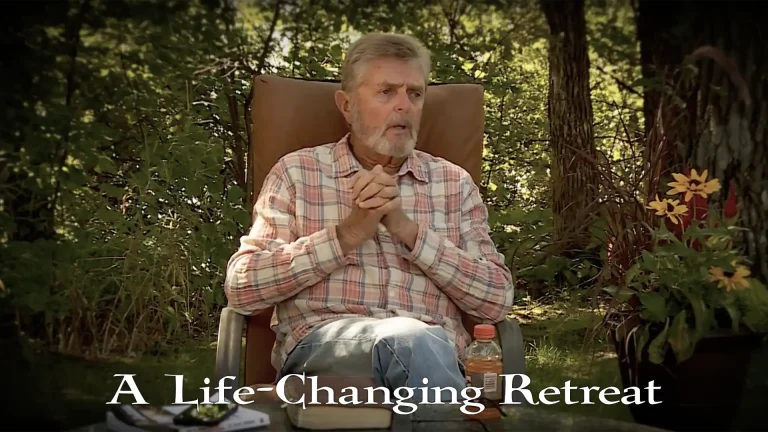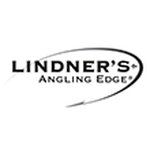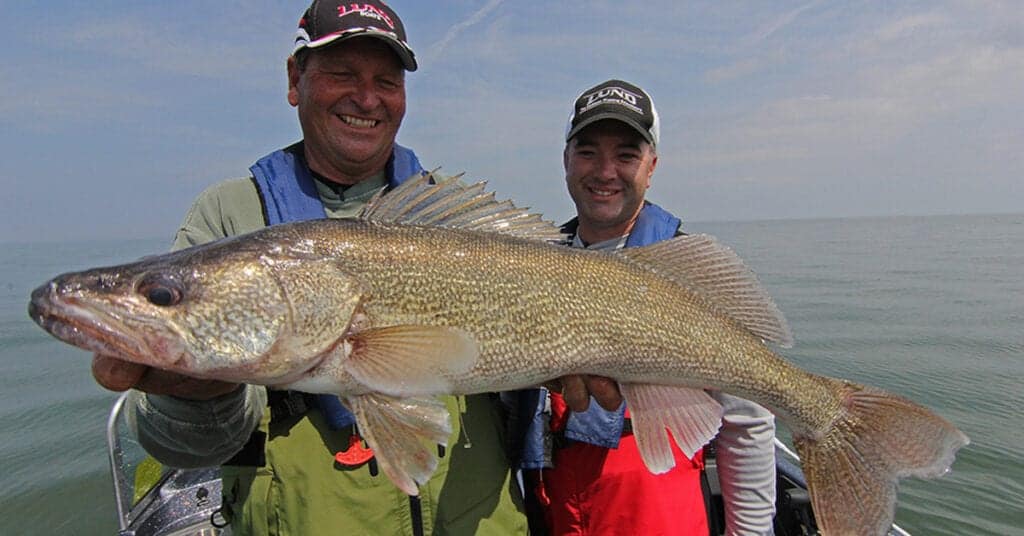 A month or so after the spawn is done, big walleyes and muskies sometimes get hard to find on classic structures. The shallow bite fades and deep structure can be tough. In many cases, that’s because the fish are holding offshore, feeding on baitfish that school in open water and feed on zooplankton. Muskies, big walleyes, and trophy-size pike grow big on a diet of cool-water preyfish like the cisco or tullibee that migrate vertically in the water column. During the evening hours, predators move toward the surface to eat ciscoes that have followed plankton from the depths. In this zone, they can be best caught by flat-line offshore trolling.
A month or so after the spawn is done, big walleyes and muskies sometimes get hard to find on classic structures. The shallow bite fades and deep structure can be tough. In many cases, that’s because the fish are holding offshore, feeding on baitfish that school in open water and feed on zooplankton. Muskies, big walleyes, and trophy-size pike grow big on a diet of cool-water preyfish like the cisco or tullibee that migrate vertically in the water column. During the evening hours, predators move toward the surface to eat ciscoes that have followed plankton from the depths. In this zone, they can be best caught by flat-line offshore trolling.
My favorite lure in this situation is the #18 Original Floating Rapala, a lure that’s been catching big fish since long before I was born. It’s still deadly since it imitates a big then preyfish beautifully. Another good option is Rapala’s Super Shad Rap. The key to this pattern is that toothy predators use a lake’s surface as a feeding edge, since striking from below is advantageous. The best bite usually is from an hour or two before dark until an hour or two after night falls.
In these lakes, fish can be spooky, so I always use planer boards while offshore trolling to spread lures out away from the boat, moving about 2 mph. Set lures to run about 40 get behind the boards.
For this application, I run 8.5-foot St. Croix Eyecon Trolling Rods with medium power and moderate action set in rod holders. In most states, anglers can fish two lines, sometimes more. In Minnesota, only one is allowed, so I try to bring along a buddy or two or one family members.
It can be puzzling to find fish out far from shore even with several lines out, but I’ve discovered an important clue to productive spots. Areas where the bottom composition changes from a soft mud bottom to sand, or from muck to gravel, seem to be best because invertebrates become concentrated at these transition zones.
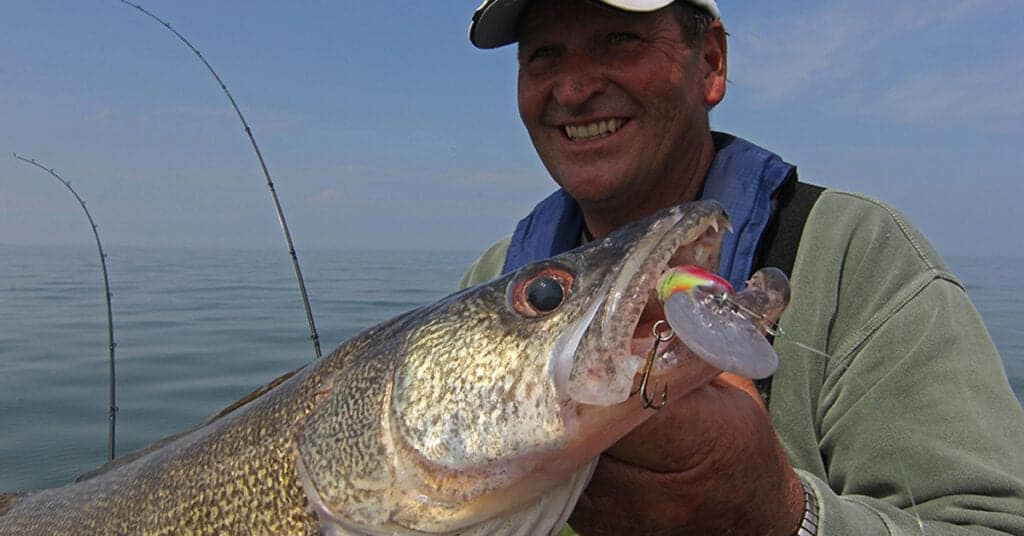 Today’s top-notch sonars can depict these transitions and even show the plankton as it migrates toward the surface. But remember, the fish will be near the top, even in 80 or 90 feet of water. You find a lot more big fish within three feet of the surface than if you trolled 20 feet down.
Today’s top-notch sonars can depict these transitions and even show the plankton as it migrates toward the surface. But remember, the fish will be near the top, even in 80 or 90 feet of water. You find a lot more big fish within three feet of the surface than if you trolled 20 feet down.
One advantage of evening trolling out off structure is that you’ll probably not have company out there. Cooler temperatures and less wind also make this a very pleasant way to fish. Not many anglers are yet dialed into this pattern, so gear up, head out, and give it a try. You won’t be disappointed.



